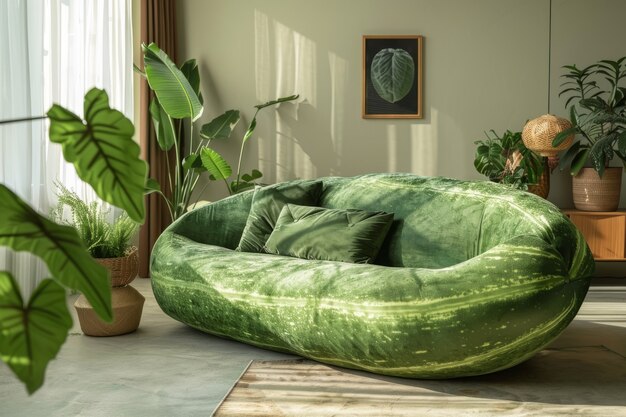
Sponsored article
As the impacts of climate change become more evident, many are seeking ways to minimize their carbon footprint. Embracing eco-friendly design elements in shaping our homes and gardens is one such measure. This article provides practical tips on how to adapt sustainable choices in our daily living spaces, showcasing how every small change contributes to a larger global impact. From selecting sustainable materials to revolutionizing your garden with eco-friendly features, we will explore these in detail. Plus, we will discuss the manifold benefits of living an eco-friendly lifestyle.
In today’s dynamic and environment-focused era, incorporating green design elements in your home has become an uplifting trend. Not only does this trend promote a healthy lifestyle, but it also plays a crucial role in reducing our carbon footprint. This method embraces the use of sustainable materials and energy-efficient decorations, each serving a twofold purpose – beautifying homes and protecting our planet simultaneously.
To start, here are a few noteworthy strategies and materials you can explore:
Understanding that sustainable living is a journey, opting for green design will undoubtedly spark the first of many eco-friendly steps in the right direction.
Revolutionize your garden and embrace an eco-friendly future with simple yet effective changes. Experience the joy of composting, a sustainable process where your kitchen waste transforms into nutrient-rich soil for your plants. It’s nature’s own recycling mechanism that contributes to a reduction in landfill waste while providing benefits for your garden.
Moreover, consider planting native species in your garden. Native plants are adapted to local climates and soil conditions, meaning they require less water and care, thus promoting water conservation. Also, they bloom beautiful and attract local fauna, increasing biodiversity. To further enhance water conservation, adopt efficient watering techniques like drip irrigation or rainwater harvesting, ultimately resulting in a garden that teams with life while respecting ecosystem boundaries.
Embracing an eco-friendly lifestyle by incorporating green design into your home and garden has significant environmental, economic, and health benefits. By using sustainable materials and energy-efficient technologies, you can significantly reduce the ‘Environmental impacts’ of your lifestyle. This shift is not just beneficial to our planet but also to our pockets. Green design often proves to be ‘cost-effective’ in the long run, saving on energy bills and requiring less maintenance.
The ‘Health benefits’ of an eco-friendly habitat are also notable. Green design elements like plants improve air quality and create a serene environment that supports mental wellbeing. Moreover, eco-friendly materials often have fewer harmful toxins compared to traditional ones. Thus, adopting an eco-friendly lifestyle is an investment into a sustainable future and a healthier life.